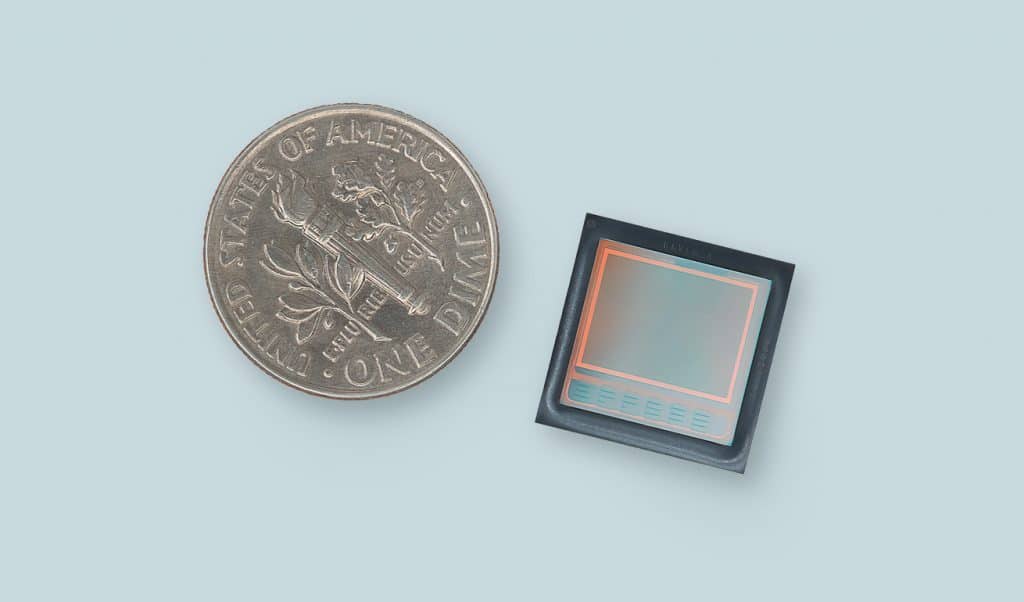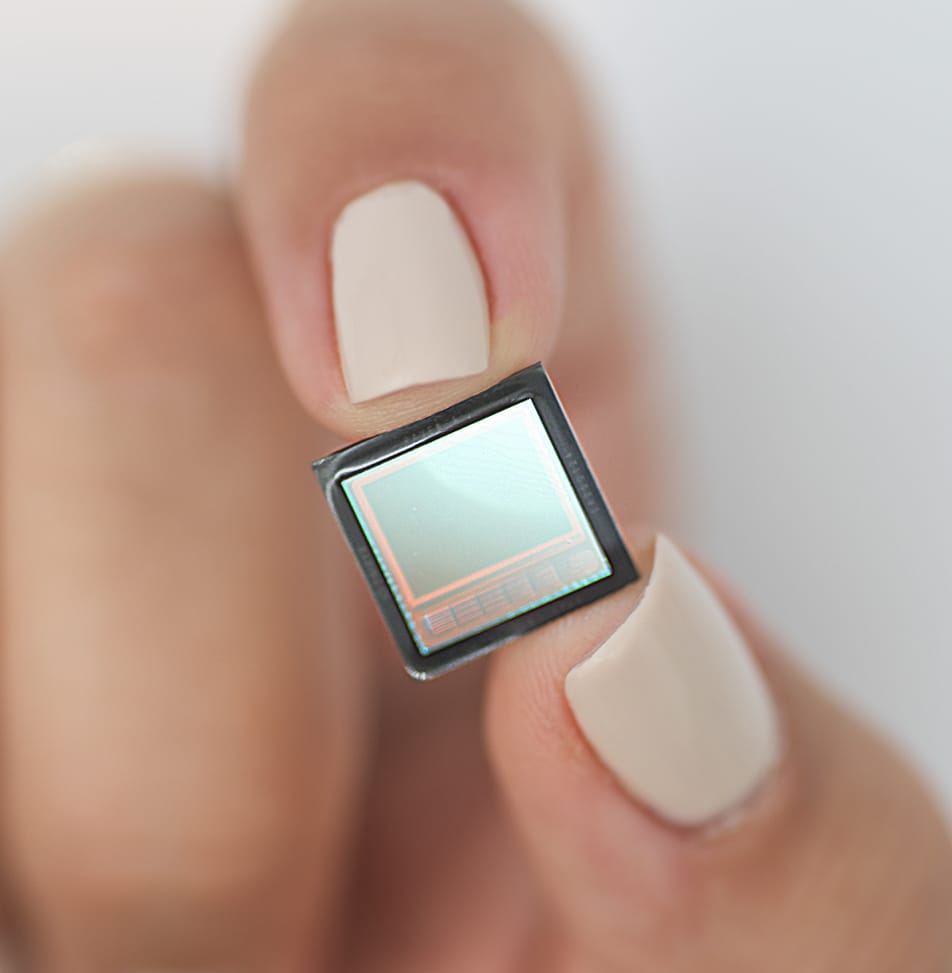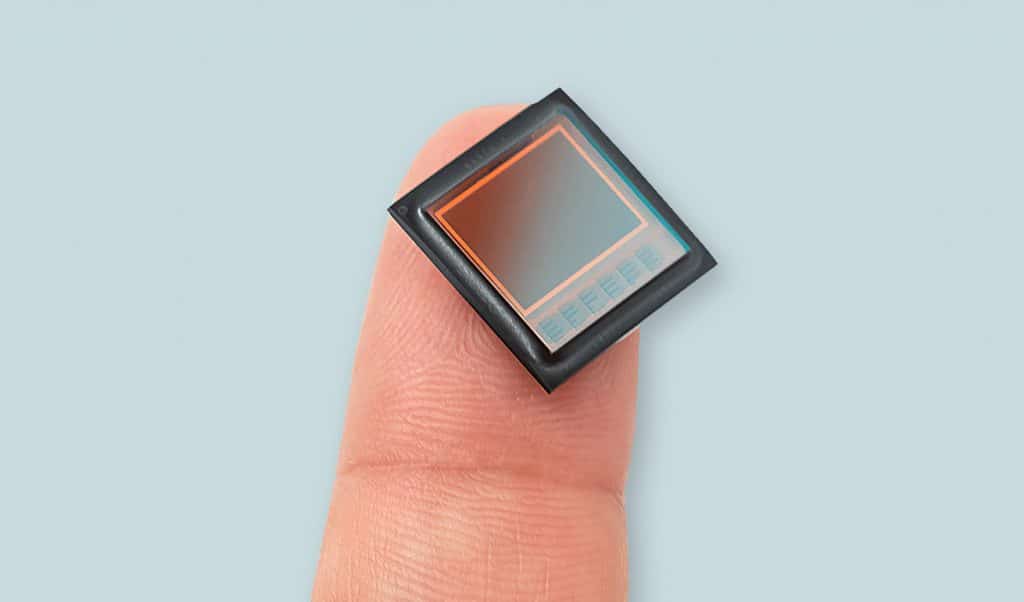Israeli startup TriEye, the developer of the world’s first mass-market Short-Wave Infrared (SWIR) sensor, has announced a collaboration with Continental Engineering Services (CES) to explore how SWIR technology can benefit driver monitoring systems. The announcement comes as the use cases for driver monitoring systems are increasing. In October 2020, a study from Emergen Research projected the global market for driver monitoring systems would reach USD 2.39 billion by 2027. Both commercial vehicles and passenger cars are expected to fuel growth in the market, according to Emergen Research.
“We are proud and delighted to announce our collaboration with CES, which marks another meaningful step in solving the vision challenges of automotive systems,” said Avi Bakal, TriEye’s CEO and Co-Founder. “Our joint work on designing a superior in-cabin monitoring solution is bearing fruit, and we already see significant interest from the market for this cutting-edge solution.”
Safe & Enjoyable Driving
According to TriEye, the company has designed its sensing solutions to operate in difficult and adverse conditions or environments where light is at a premium. For example, TriEye’s Sparrow technology can identify things like black ice during the winter, dark-clothed pedestrians, cyclists, and approaching vehicles under low-light or other common low visibility conditions. The collaboration with CES will move beyond enhanced visibility and examine the value of SWIR for remote material sensing compared to other sensor modalities.
“CES is working to integrate safety and vehicle dynamics technologies to realize safe and enjoyable driving,” explained Uwe Mühlberger, Director, Segment Interior Electronic Functions at Continental Engineering Services. “When integrating TriEye’s SWIR sensing technology, our advanced interior sensing and driver monitoring solutions benefit from its high robustness and reliability.”
Making SWIR More Accessible
InGaAs-based SWIR cameras have been available for decades, serving the science, aerospace, and defense industries, but are limited for mass-market applications due to high costs and large form factors. Based on the latest nanophotonics research, TriEye and its manufacturing partner enable the fabrication of a small, cost-effective, CMOS-based HD SWIR sensor that can be mass-produced.
“Bringing our world’s first CMOS-based SWIR sensor to the automotive industry accelerates the adoption of more reliable, highly automated vision systems,” said Ziv Livne, Chief Business Officer of TriEye. “SWIR technology offers unique and robust image data that is crucial in reducing road fatalities rates and saving lives.”
Ongoing Work & Collaborations
In addition to this new collaboration with CES, TriEye continues its work with both Porsche and Denso. “The evaluation of TriEye sensing technology by CES, Porsche, Denso, and additional TriEye customers, reinforces the rise of SWIR as a key element in advanced vision solutions,” reads a statement from the company. “More and more applications are harnessing SWIR spectrum image data to solve complex challenges that become clear when looking beyond the visible.”






